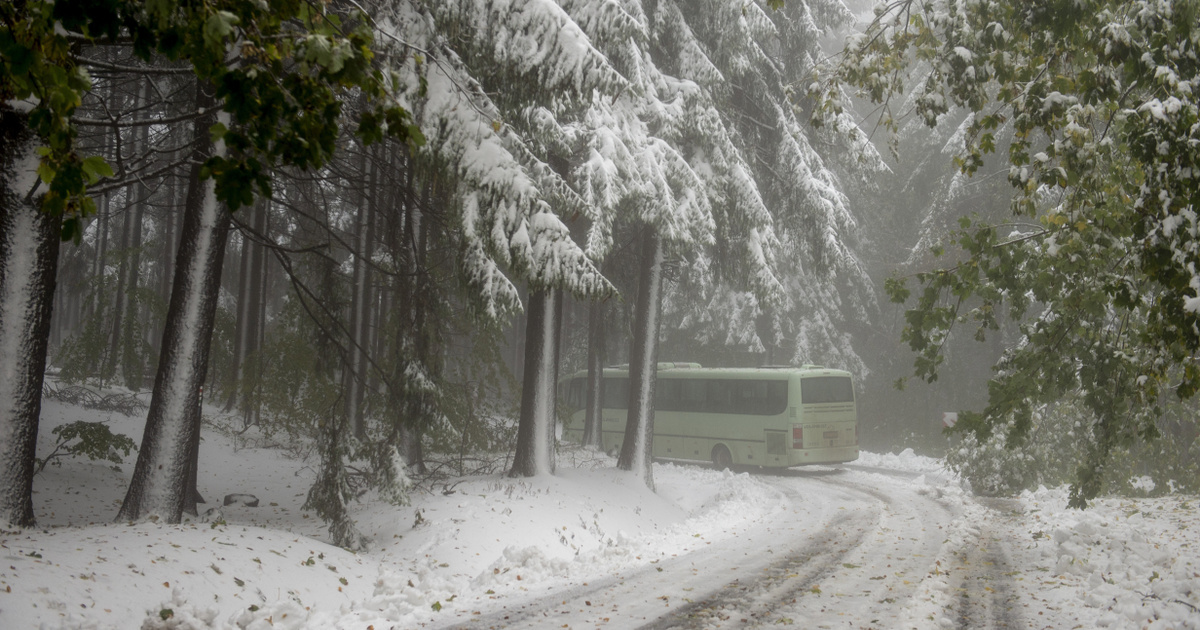In the second half of January, there were only two snowy orphan days left behind in Budapest. In other parts of the country, especially in high places, in the mountains, even more so. But it can be said that there has been an amazing snow delay so far this winter. Of course, even a little snow that melted the next day was enough to cause trouble.
The question is simple: Where has the heavy snowfall gone?
Many of us remember more real winters, more snow, snow fights, sledding, and snow shoveling from years and decades past. Since human memory can be tricky, it is helpful to look at the data series as well, can we say that there is less and less snow?
If we look at a time series longer than 100 years, it is not clear that the number of snowy days has decreased significantly. Rather, the discrepancy between years and decades sound first.
Nothing can be said about the climate at rates of at least 30 years. In the period 1981-2010, characteristic of our current climate, somewhat fewer snowy days were noted near the country’s three measurement stations (with the exception of Budapest, in December).
| Snowy days in snowmen (we call a snowy day the day when the snow or snowfall occurred) in different 30-year reference periods | |||
| Dec | Sopron | Budapest | Debrecen |
| 1981-2010 | 7.3 | 5.3 | 7.3 |
| 1971-2000 | 6.7 | 4.9 | 7.5 |
| 1961-1990 | 7.6 | 6.1 | 9.1 |
| January | Sopron | Budapest | Debrecen |
| 1981-2010 | 7.5 | 5.9 | 8.8 |
| 1971-2000 | 7.5 | 6.4 | 9.4 |
| 1961-1990 | 9.3 | 7.8 | 10.7 |
As the day approaches, the data series is showing a slightly milder plot in 120 years. Compared to 1901, the global temperature increased by 1.26 ° C nationwide. The amount of precipitation in winter shows less increase, but due to the higher temperature, less snowfall and less snow forms. We learned from Monica Lakatos, a climate expert with the National Weather Service, that even if it rains, the proportion of snowfall in the winter will be less, the rain becomes more frequent, or the precipitation is light.
(Cover Photo: Bus among snow trees in Kékestető, October 14, 2020. Photo: Péter Komka / MTI)












































